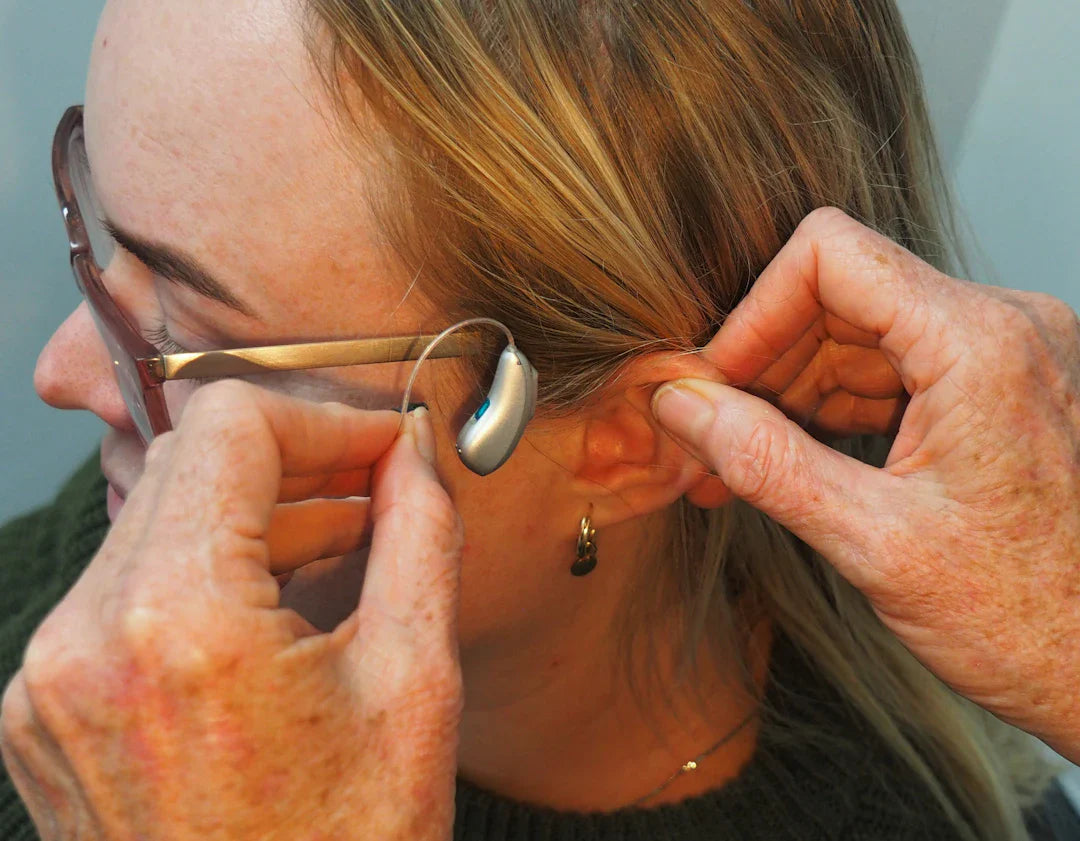Navigating the Waters: Understanding Hearing Aids and Swimming
As experts in the field of audiology, our team at The Hearing Experts, a leading UK-based audiology company, is dedicated to enhancing your hearing experience. We offer state-of-the-art hearing aids and complimentary online hearing assessments. A common concern among our clientele relates to the use of hearing aids while swimming. This article aims to provide clarity and guidance on this matter, ensuring you can relish aquatic activities without compromising your hearing health.
The Relationship Between Hearing Aids and Water
Hearing aids are intricate devices designed to improve hearing quality. While many modern hearing aids boast water-resistant features, it's essential to understand the limits of this resistance. Typically, water resistance implies that a hearing aid can endure exposure to moisture, such as perspiration or light rain. However, this does not equate to being waterproof. Immersing hearing aids in water can lead to significant damage, undermining their functionality.
Swimming with Hearing Aids: A Cautionary Approach
Generally, wearing hearing aids while swimming is not advisable. Water ingress, particularly from chlorinated pools or seawater, can damage the internal components and microphone. Removing your hearing aids before engaging in swimming or showering is a prudent practice to avoid potential damage.
Safeguarding Your Hearing Aids
1. Waterproof Storage: Store your hearing aids in a waterproof container when not in use, especially near water bodies.
2. Invest in Protective Covers: Specialised covers are available to shield hearing aids from moisture.
3. Use a Swimming Cap: A cap can provide an additional layer of protection, keeping your aids dry.
Alternatives for Water Enthusiasts
For those who frequently engage in water activities, consider the following options:
1. Specialised Waterproof Hearing Aids: Certain manufacturers offer devices specifically tailored for use in water.
2. Bone Conduction Headphones: These can be an effective alternative, transmitting sound through bone vibrations.
3. Opt for Water-Resistant Models: While not suitable for submersion, these models offer better protection against moisture compared to standard hearing aids.
Communication Strategies in Aquatic Environments
Communicating without hearing aids in water settings can be challenging. Here are a few strategies:
1. Visual Communication: Utilise hand signals or lip-reading.
2. Maintain Proximity: Ensure you are within visible range of your companions.
3. Waterproof Communication Devices: Some devices are designed for underwater communication but might not cater specifically to hearing impairment.
Emergency Care for Hearing Aids
If your hearing aid gets wet:
1. Switch off the device and remove the battery immediately.
2. Dry it with a soft cloth and place it in a dehumidifier or a dry kit.
3. Avoid using heat sources like hairdryers, as they can cause further damage.
Conclusion
In summary, while enjoying the pleasures of swimming, it's vital to take appropriate precautions with your hearing aids. At The Hearing Experts, we are committed to providing not just advanced hearing solutions, but also the guidance and support you need to navigate the challenges of hearing impairment. For more information or to schedule a free online hearing assessment, please visit our website.




